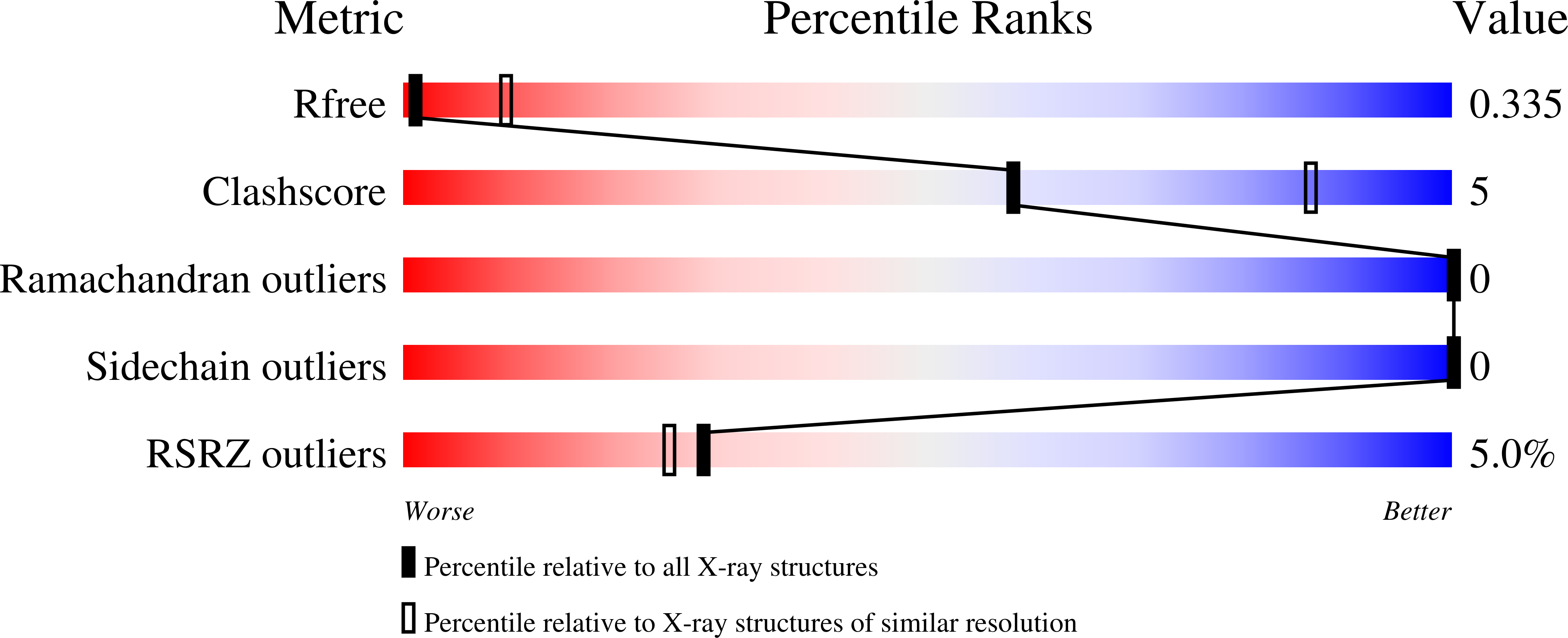
Deposition Date
2022-08-18
Release Date
2023-06-07
Last Version Date
2024-11-20
Entry Detail
PDB ID:
8AS3
Keywords:
Title:
Structure of arrestin2 in complex with 6P CCR5 phosphopeptide and Fab30
Biological Source:
Source Organism:
Homo sapiens (Taxon ID: 9606)
Phage display vector pTDisp (Taxon ID: 279974)
Phage display vector pTDisp (Taxon ID: 279974)
Host Organism:
Method Details:
Experimental Method:
Resolution:
3.50 Å
R-Value Free:
0.33
R-Value Work:
0.28
R-Value Observed:
0.28
Space Group:
I 21 21 21


